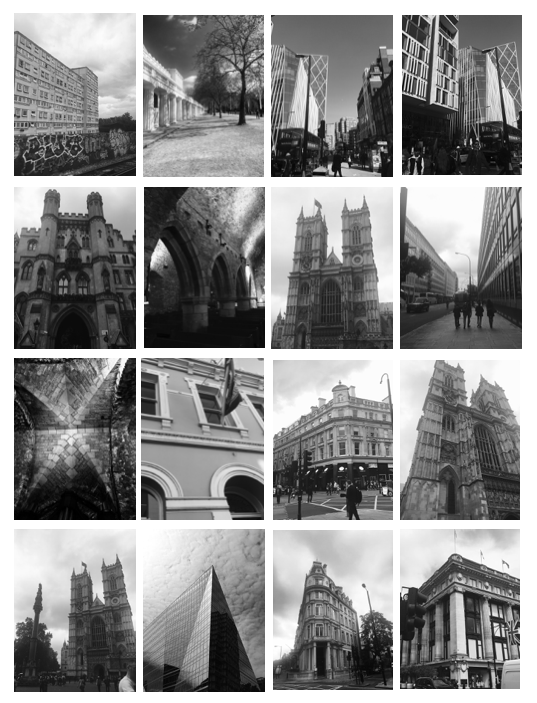What is focal length?
Focal Length means how much the image is apparently magnified (or not) when you take a picture.
Choosing the Correct Focal Length for Different Situations:
- Landscape photography (10mm to 18mm)
- Full body portrait of a person (24 to 45mm)
- Headshot (55 to 140mm)
- Night photography (10 to 18mm)
- Close-up photography or macro photography (70 to 150mm)
- Wildlife photography (200mm to 850mm)
- General lens for shooting family and kids (35 to 90mm)
- Outdoor sports photography (200 to 400mm)
The focal length of your lens essentially determines how zoomed in your photos are. The higher the number, the more zoomed your lens will be. The focal length measurement also tells the photographer what the angle of view will be. The angle of view means how wide of an area is visible in the picture.
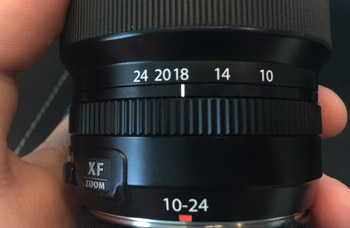
Why is Depth of Field important?
When you are shooting, Depth of Field can play a large factor in how your image will be rendered and can change the meaning and intention of the image. You can choose to selectively isolate a subject from its background by having a narrow Depth of Field or alternatively you can make sure that everything from the foreground to infinity will be in focus, ensuring you have a sharp image throughout your image.


One of the most obvious factors to controlling Depth of Field is the aperture. When you have a smaller aperture (larger number) you will have a wide Depth of Field. In this instant, you will have a greater distance between the closest and furthest points in an image.
When you have a larger aperture (smaller number) you will have a narrower Depth of Field. The blurry parts that are not in focus are called Bokeh, and many people are quite a fan of the way it will render light.

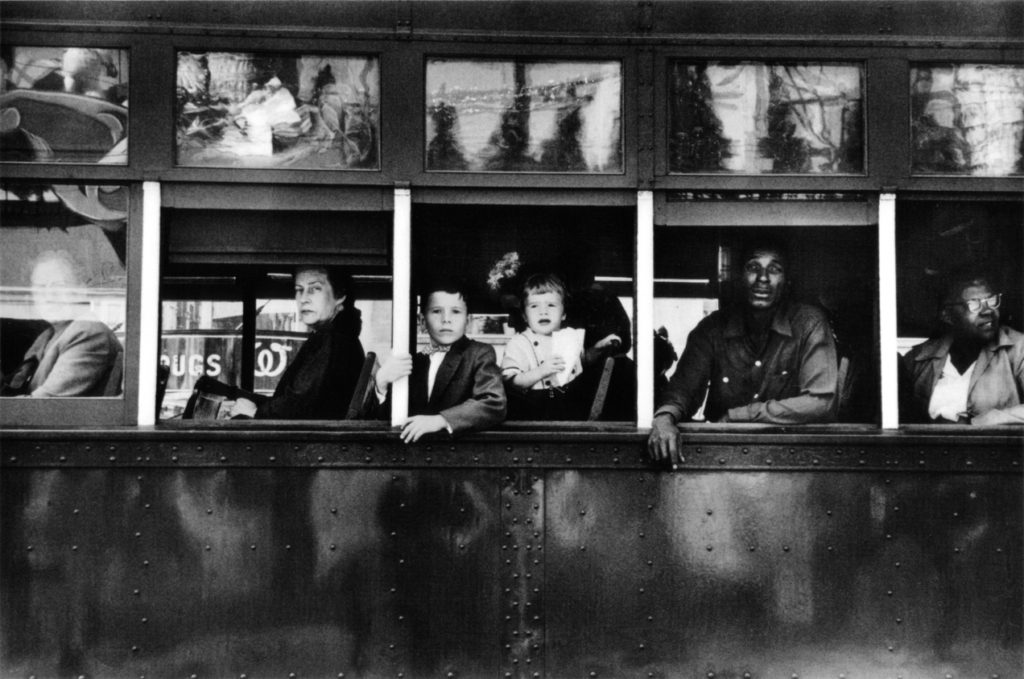
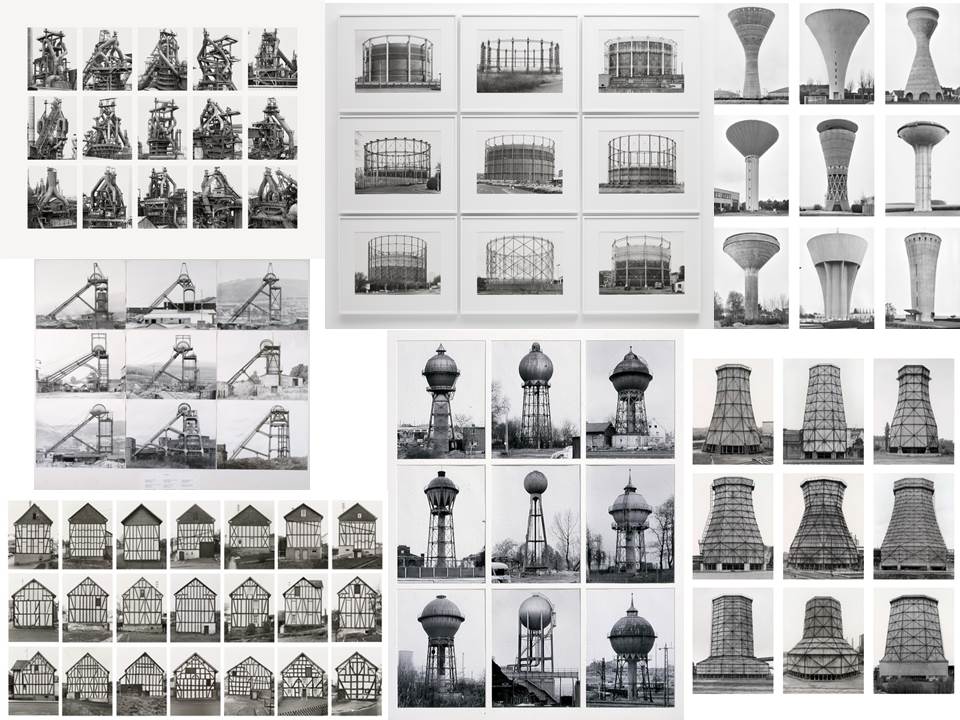
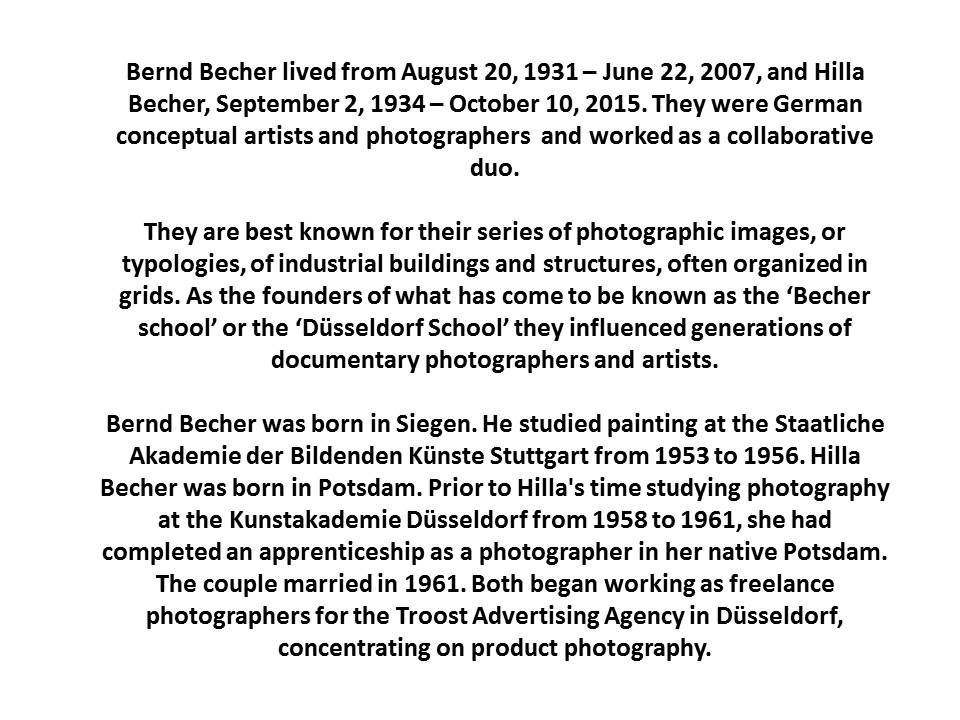
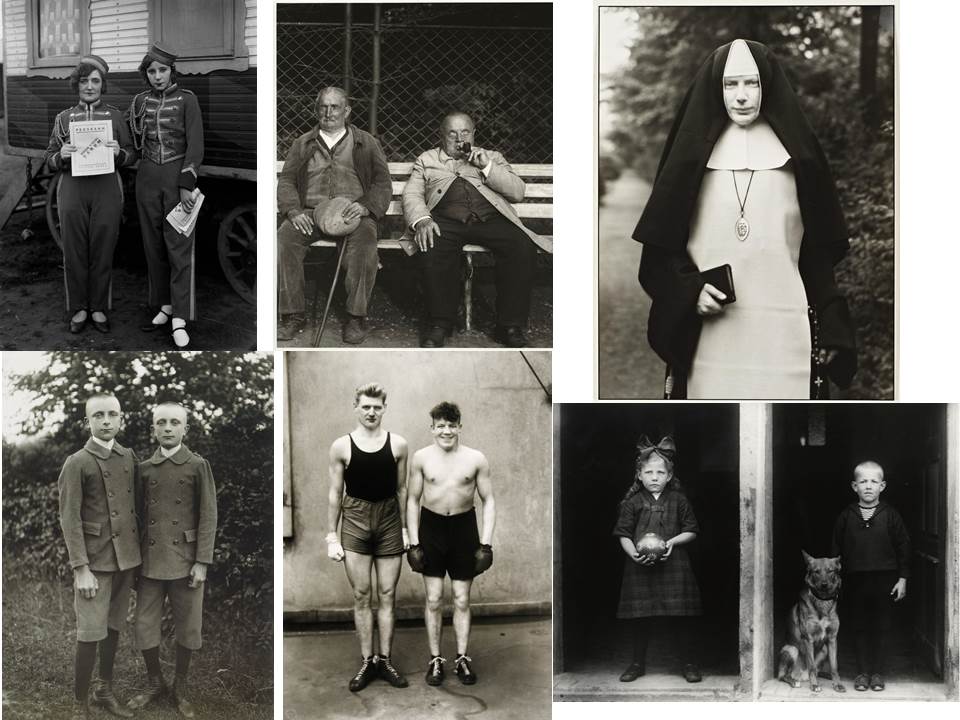
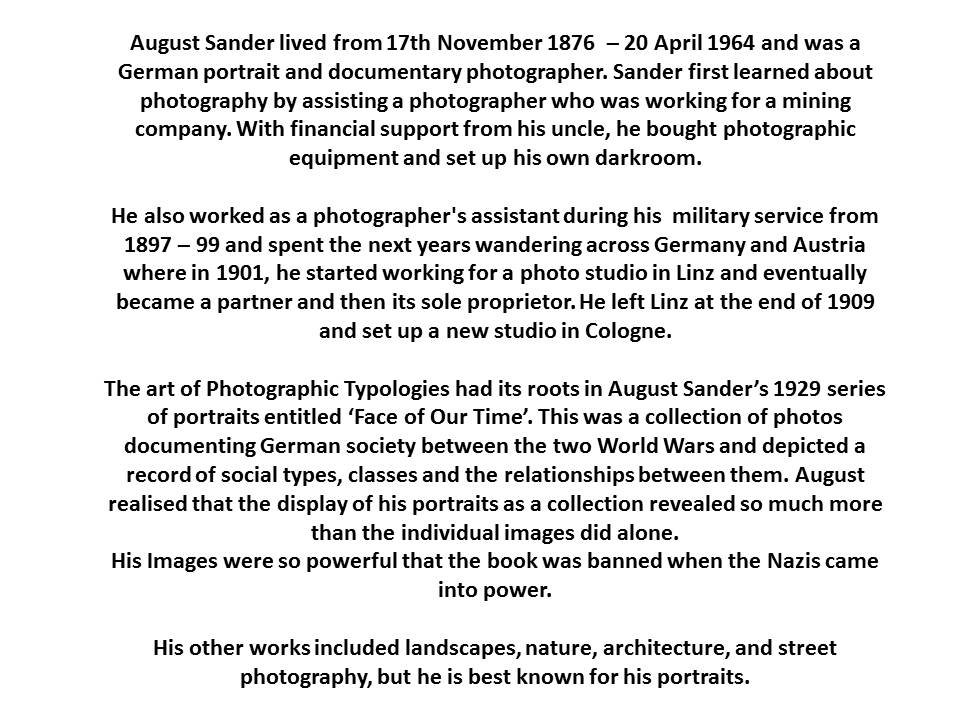
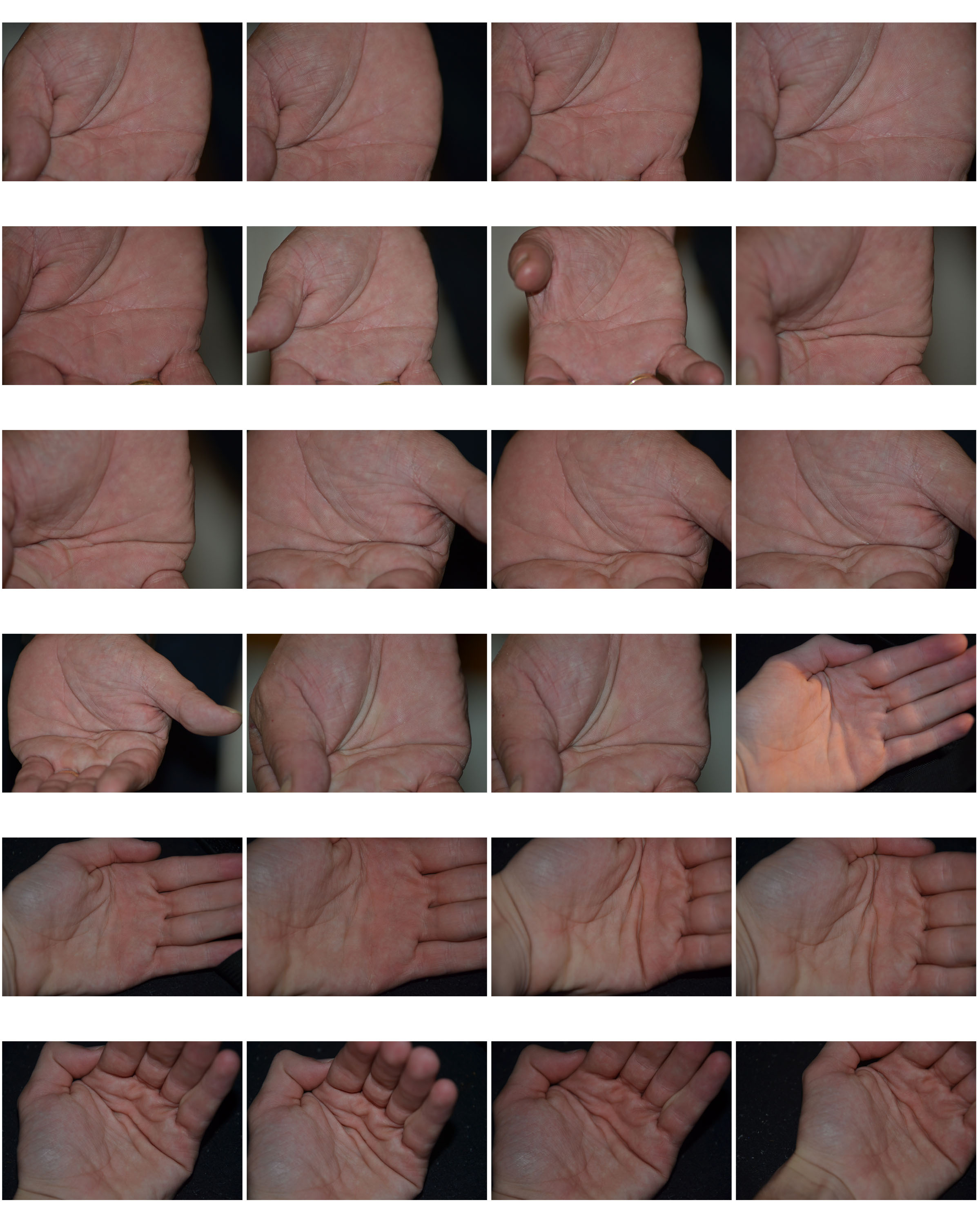

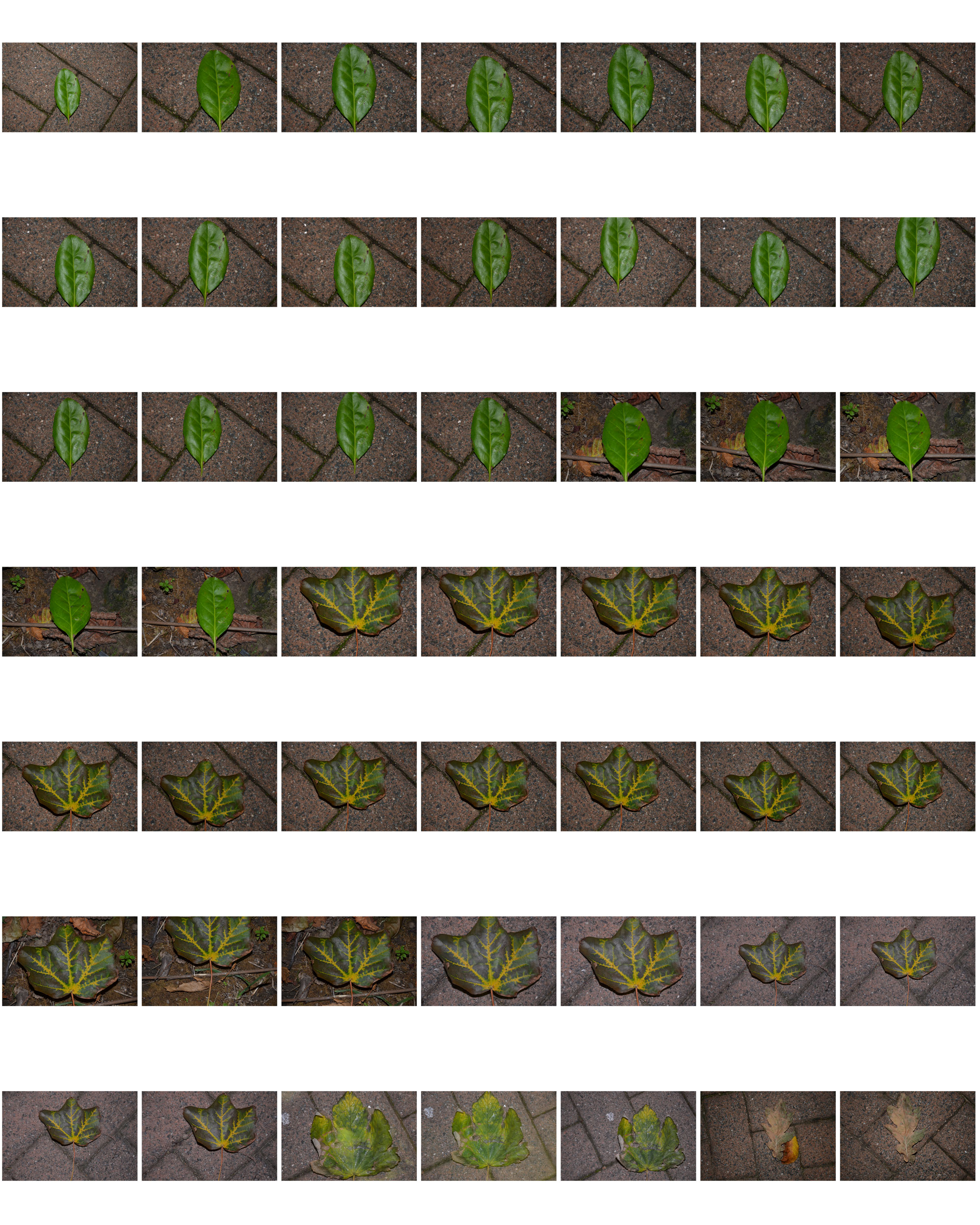
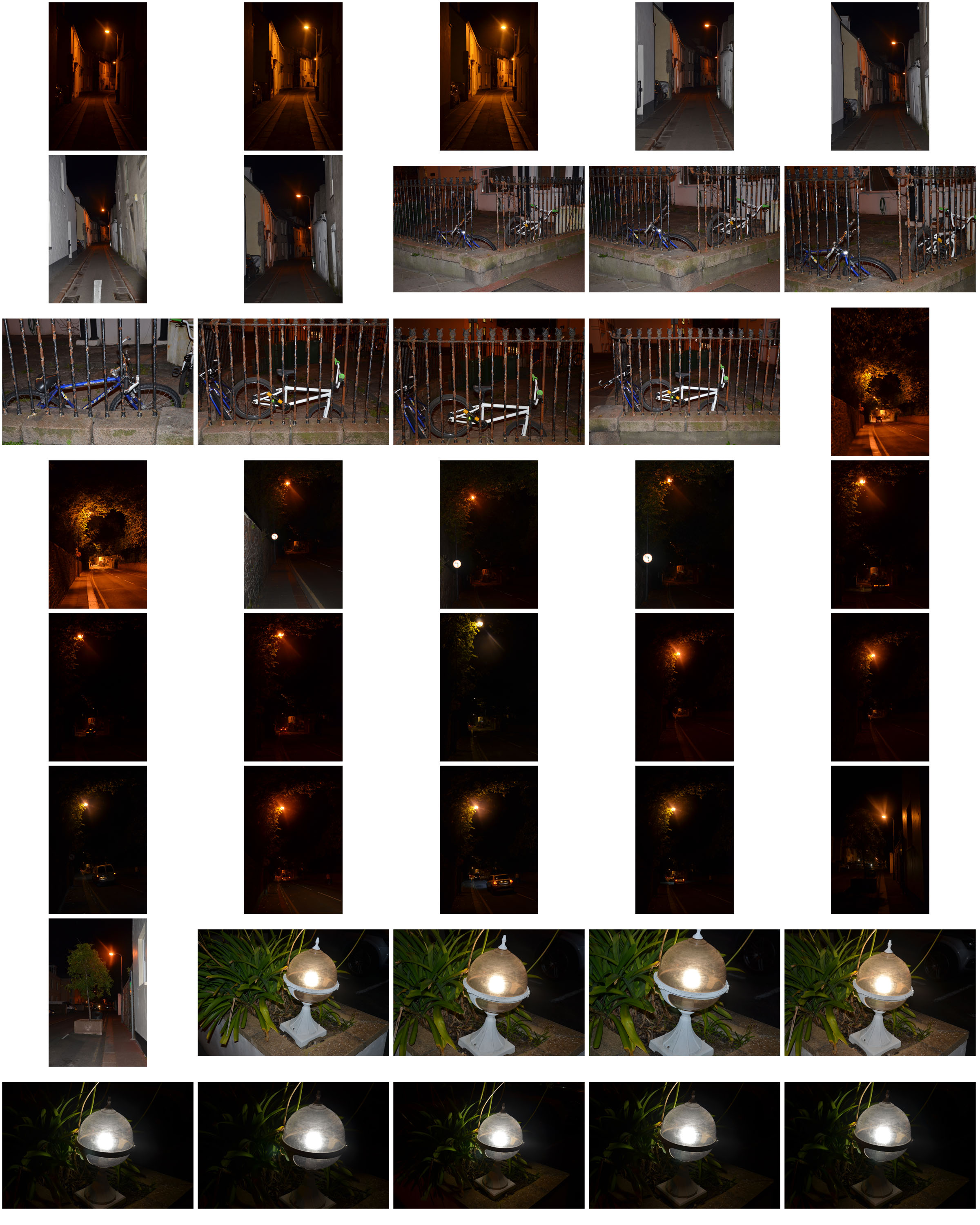


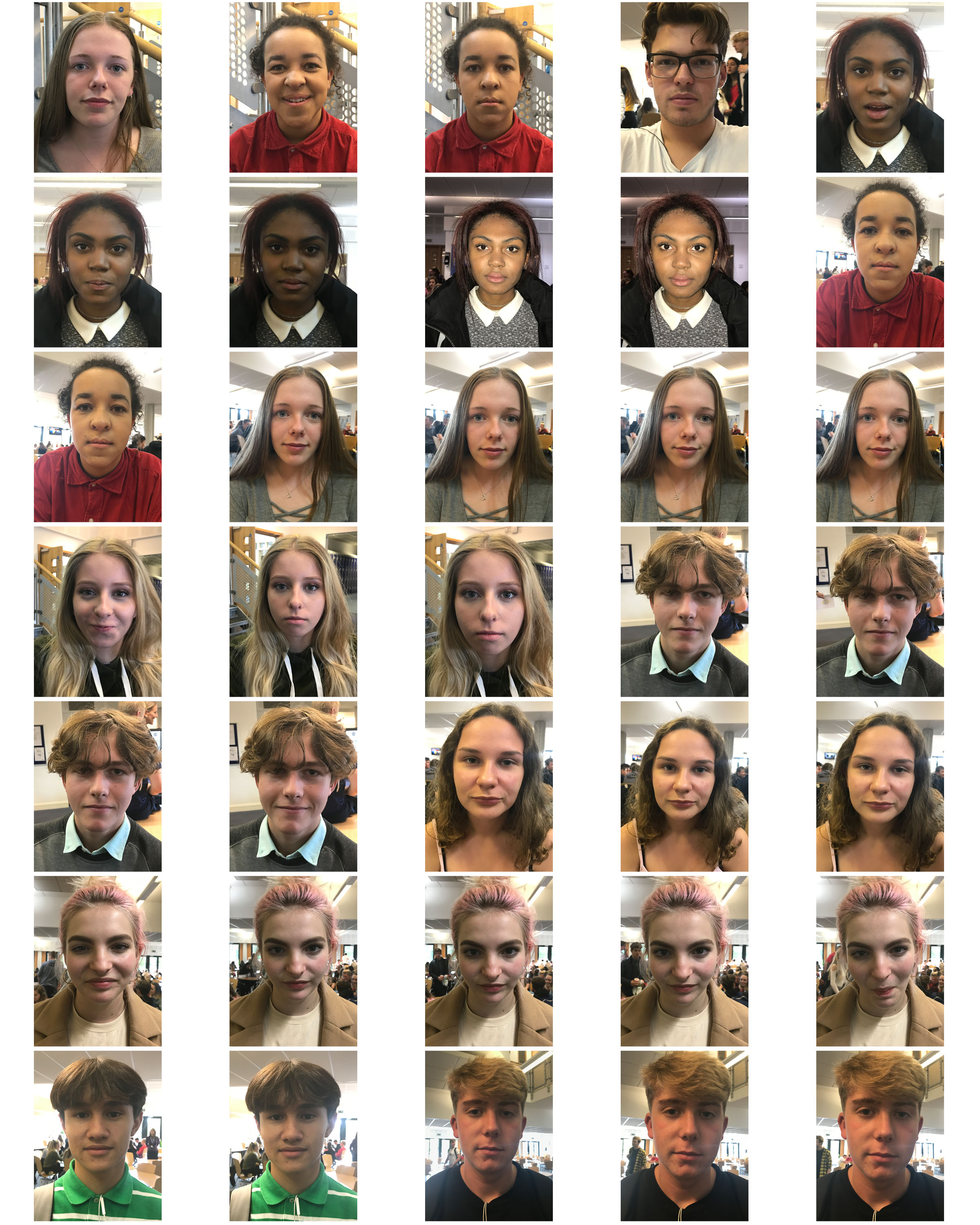
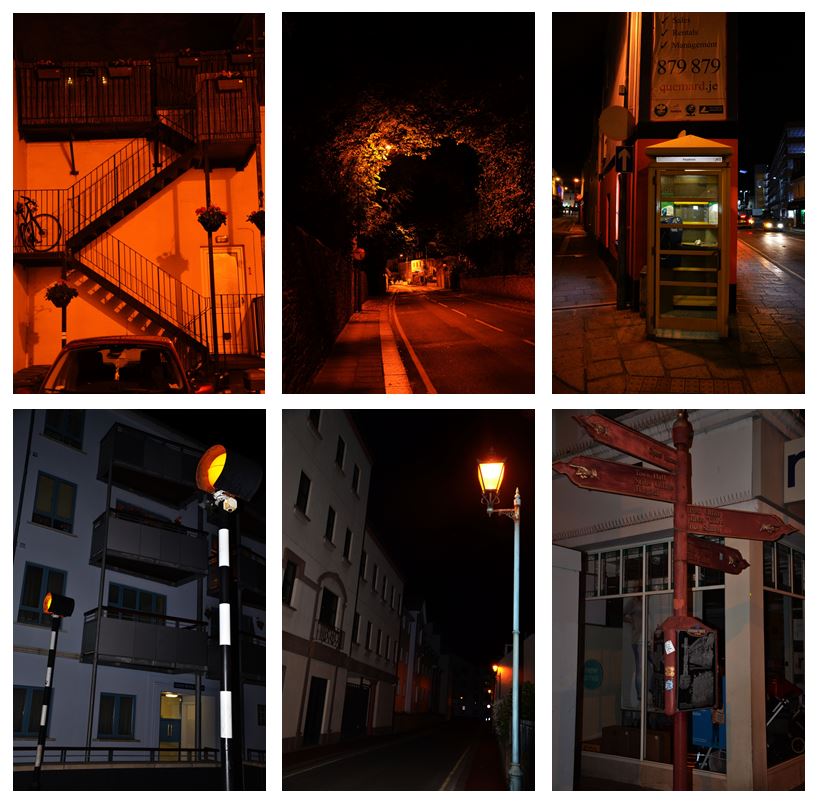
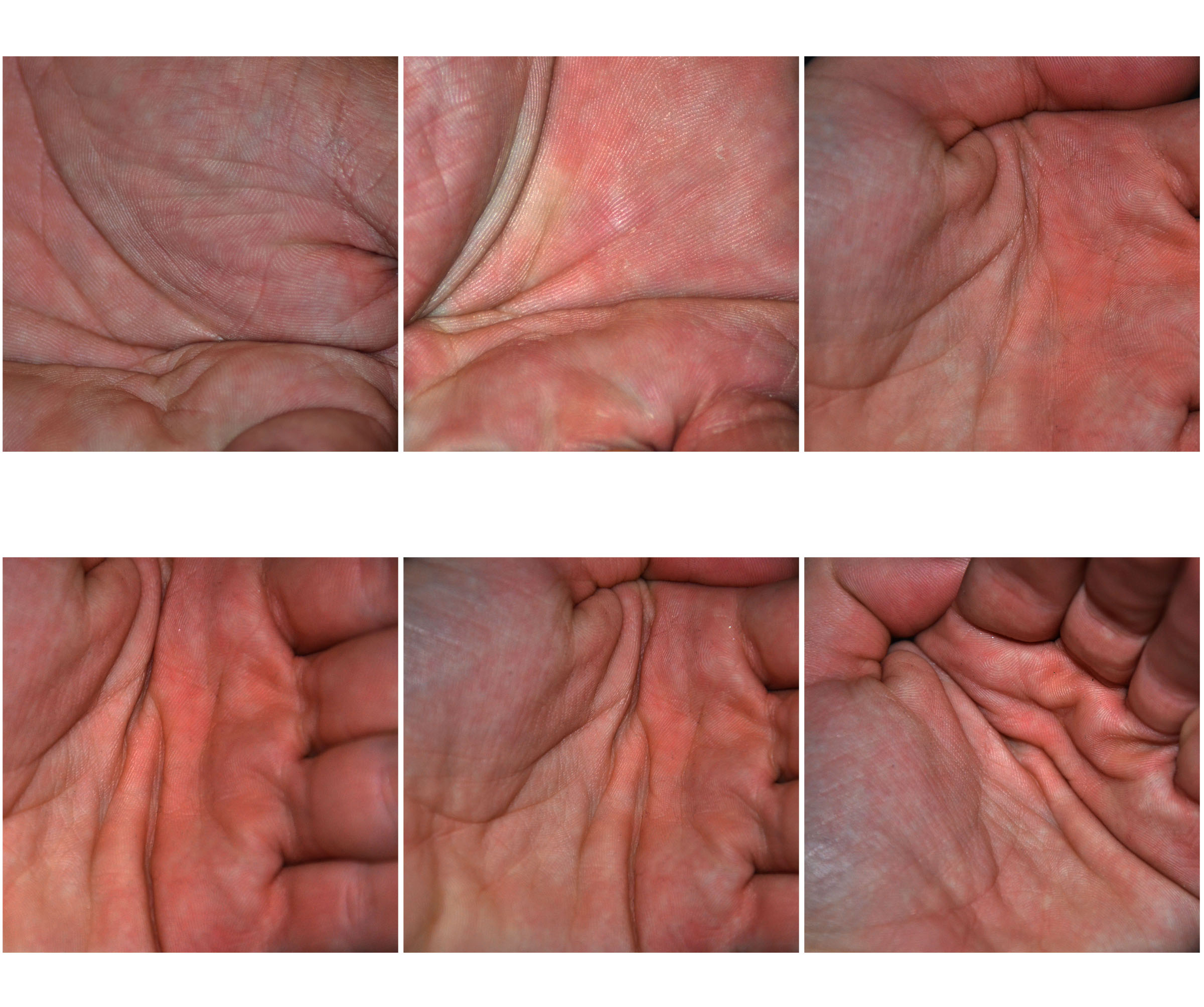



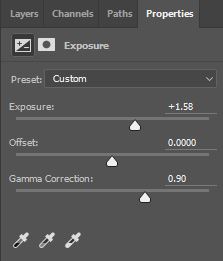
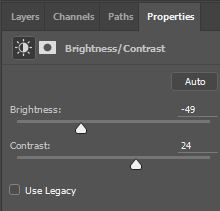
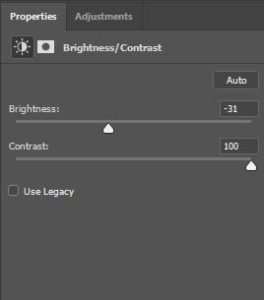
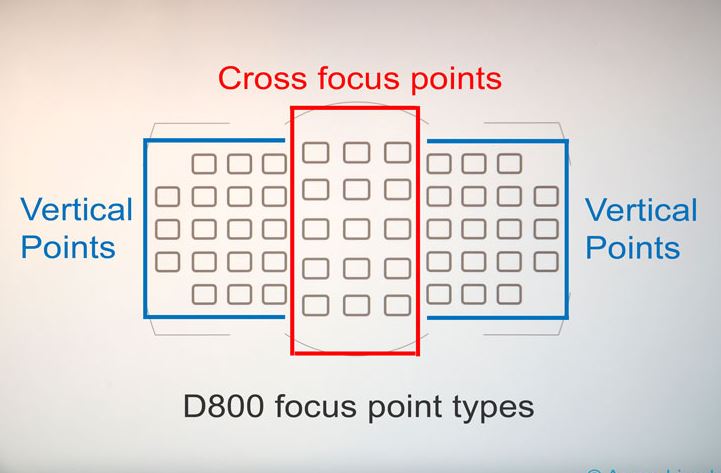
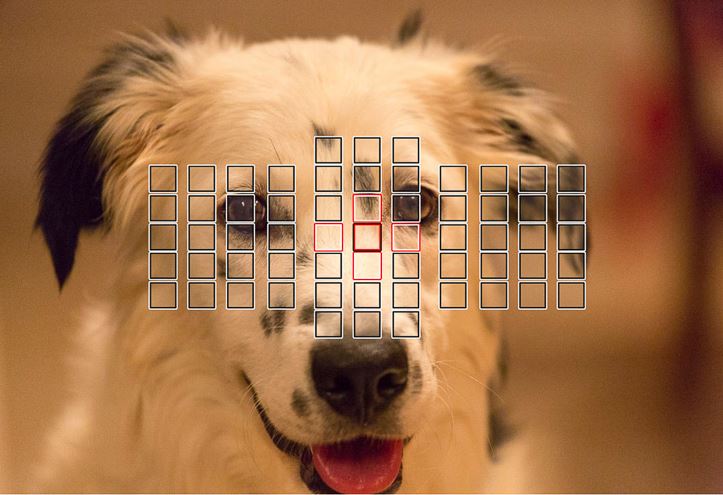
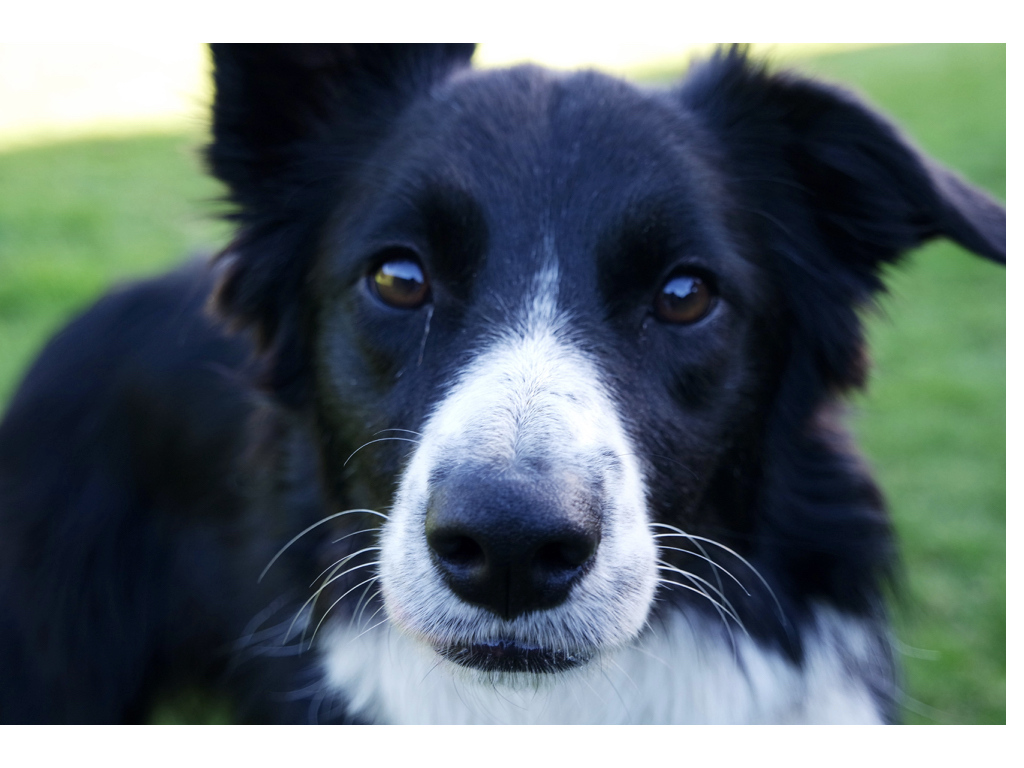

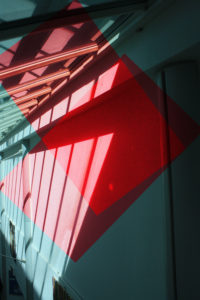

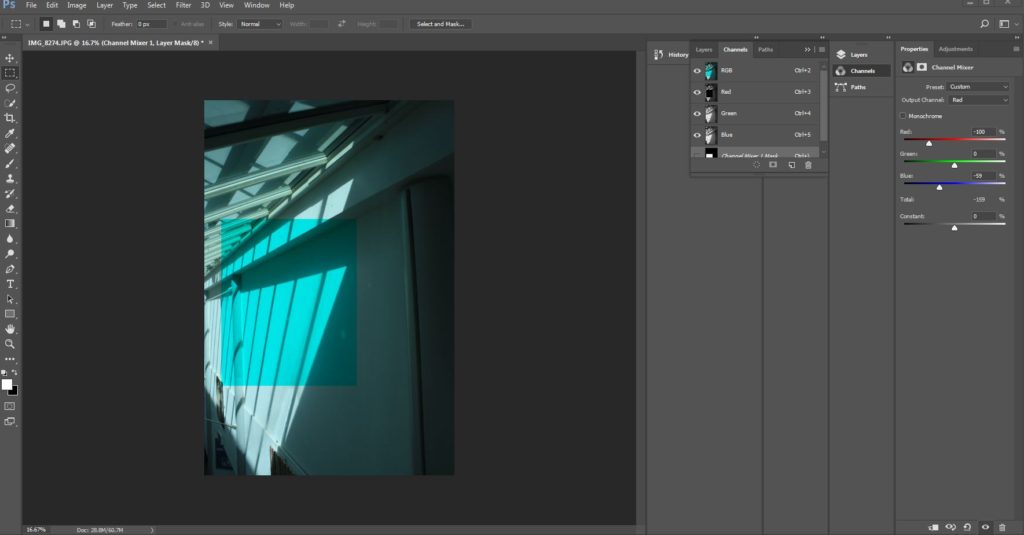


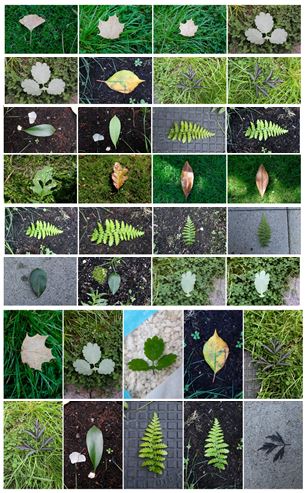
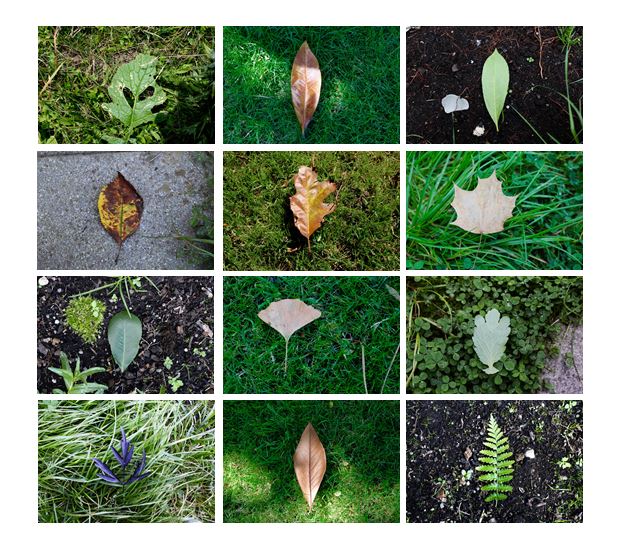 I selected the photos I thought worked better together and created a contact sheet displaying them. I made sure the order in which they are displayed, and the colours in which they have, complemented the other photos, making the overall contact sheet aesthetically pleasing.
I selected the photos I thought worked better together and created a contact sheet displaying them. I made sure the order in which they are displayed, and the colours in which they have, complemented the other photos, making the overall contact sheet aesthetically pleasing.